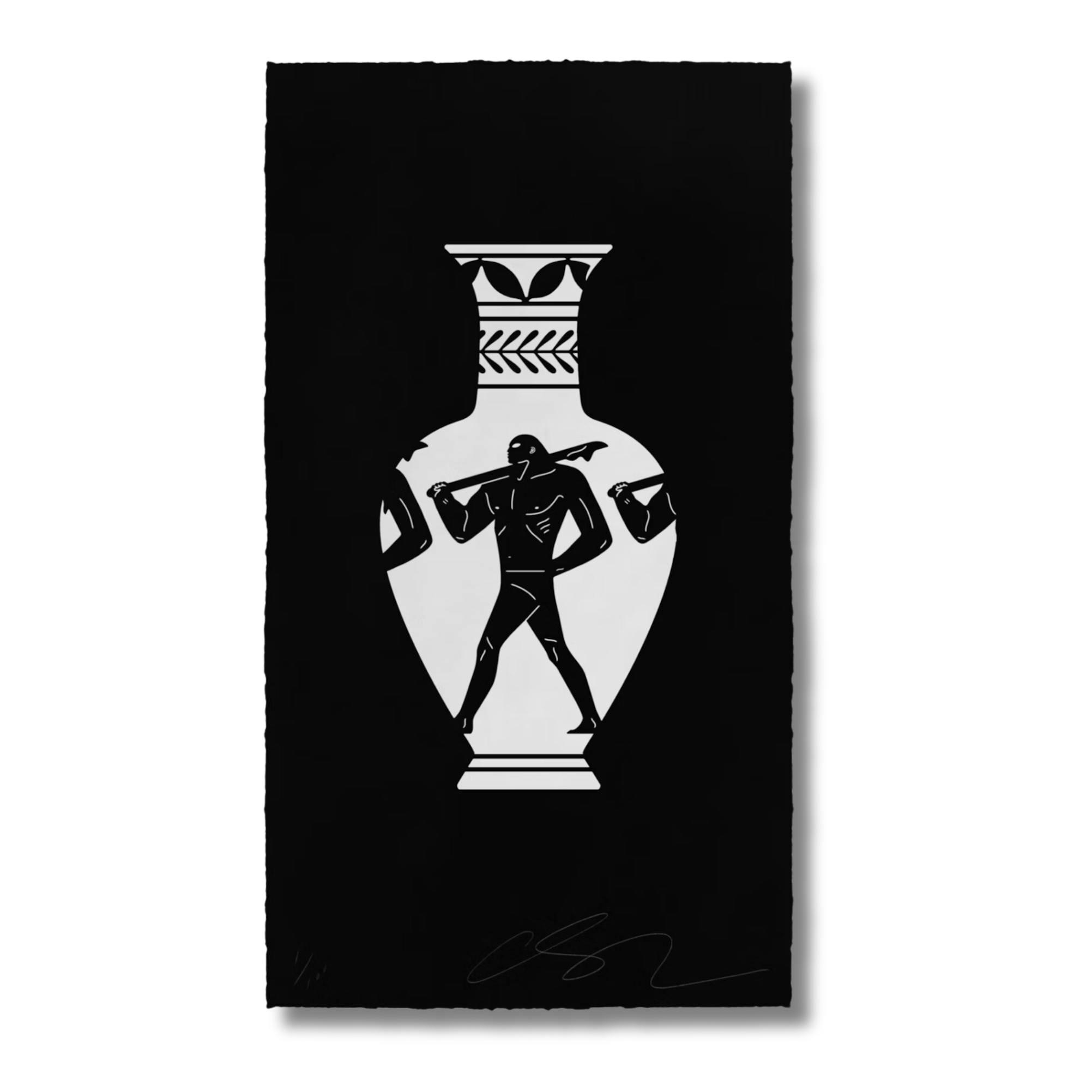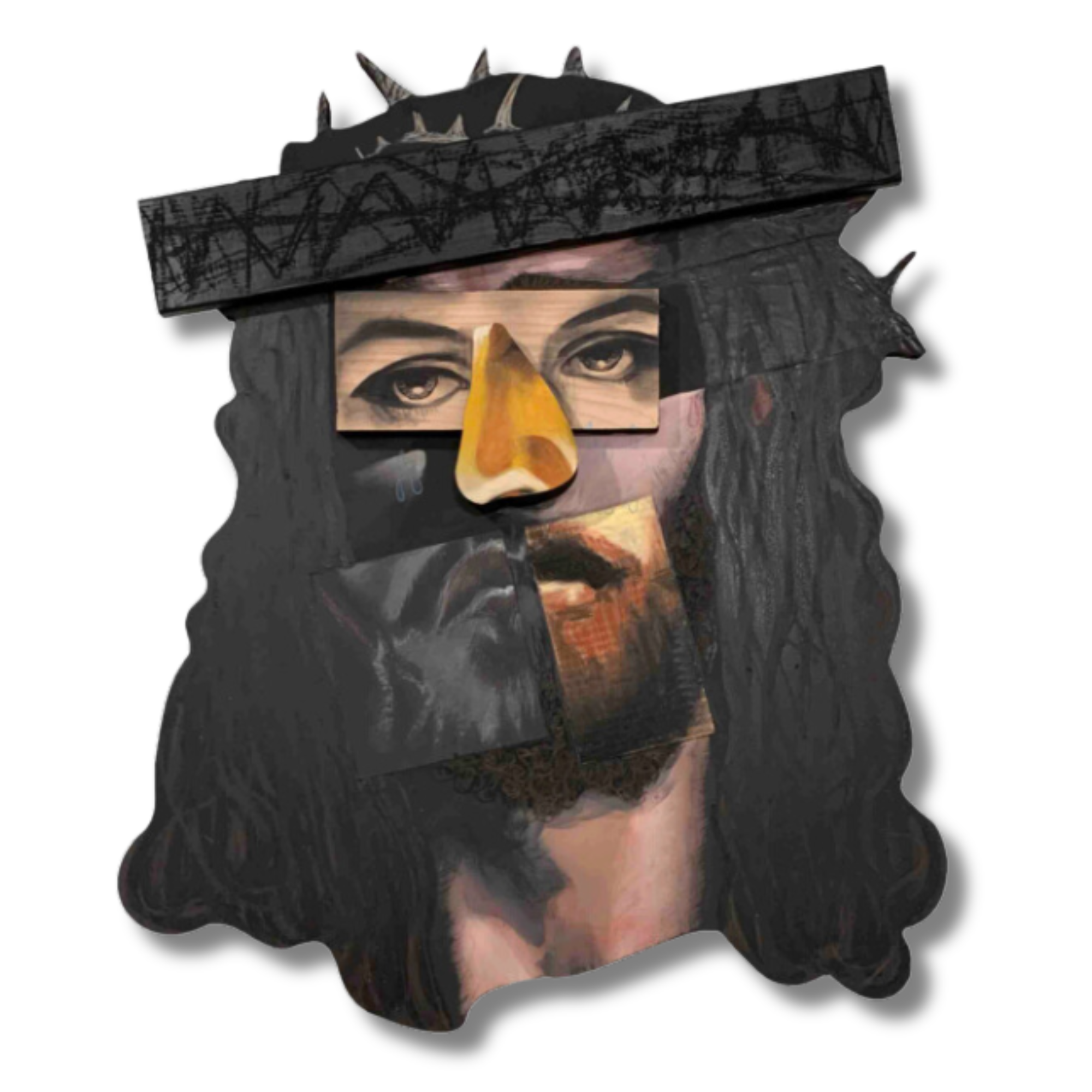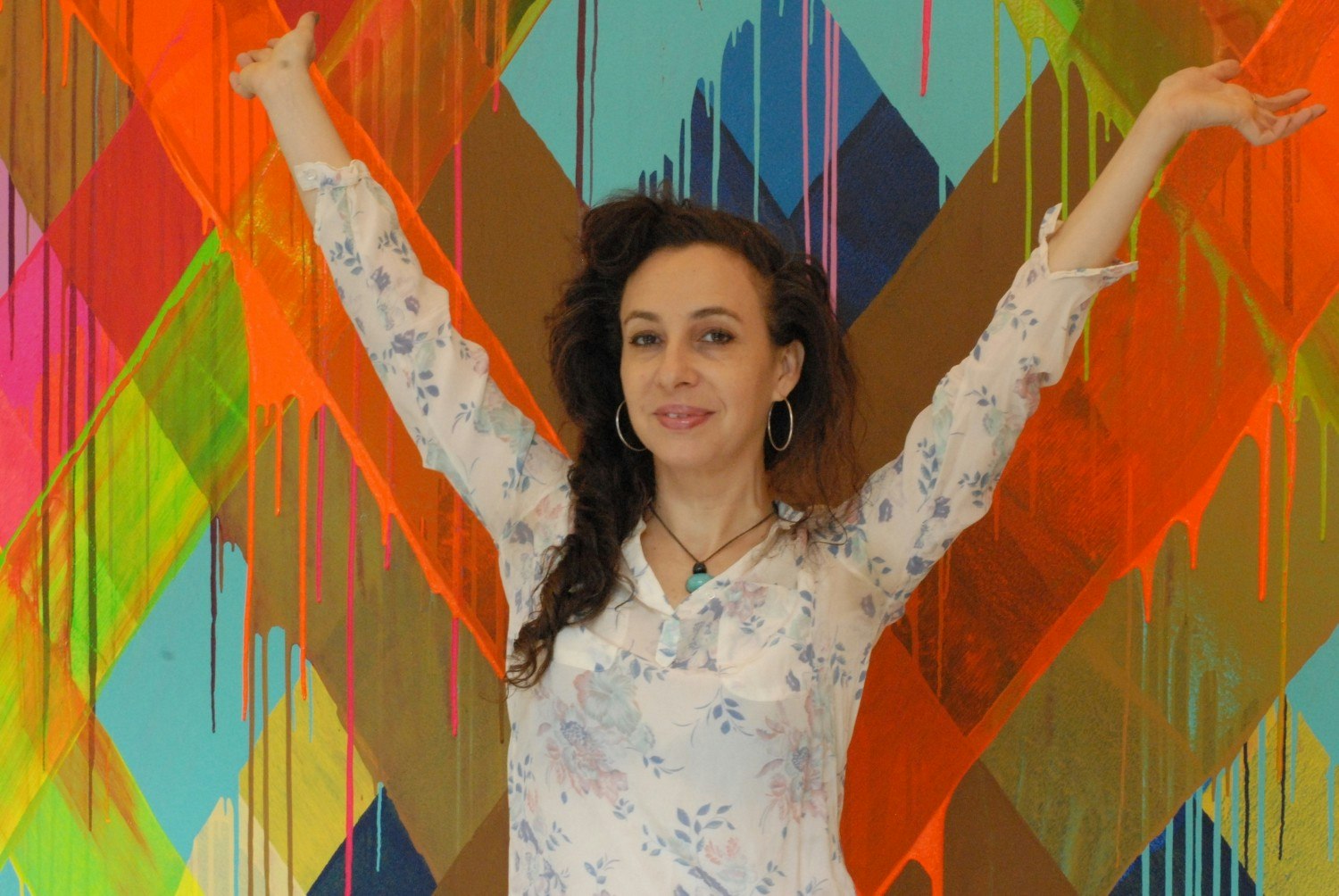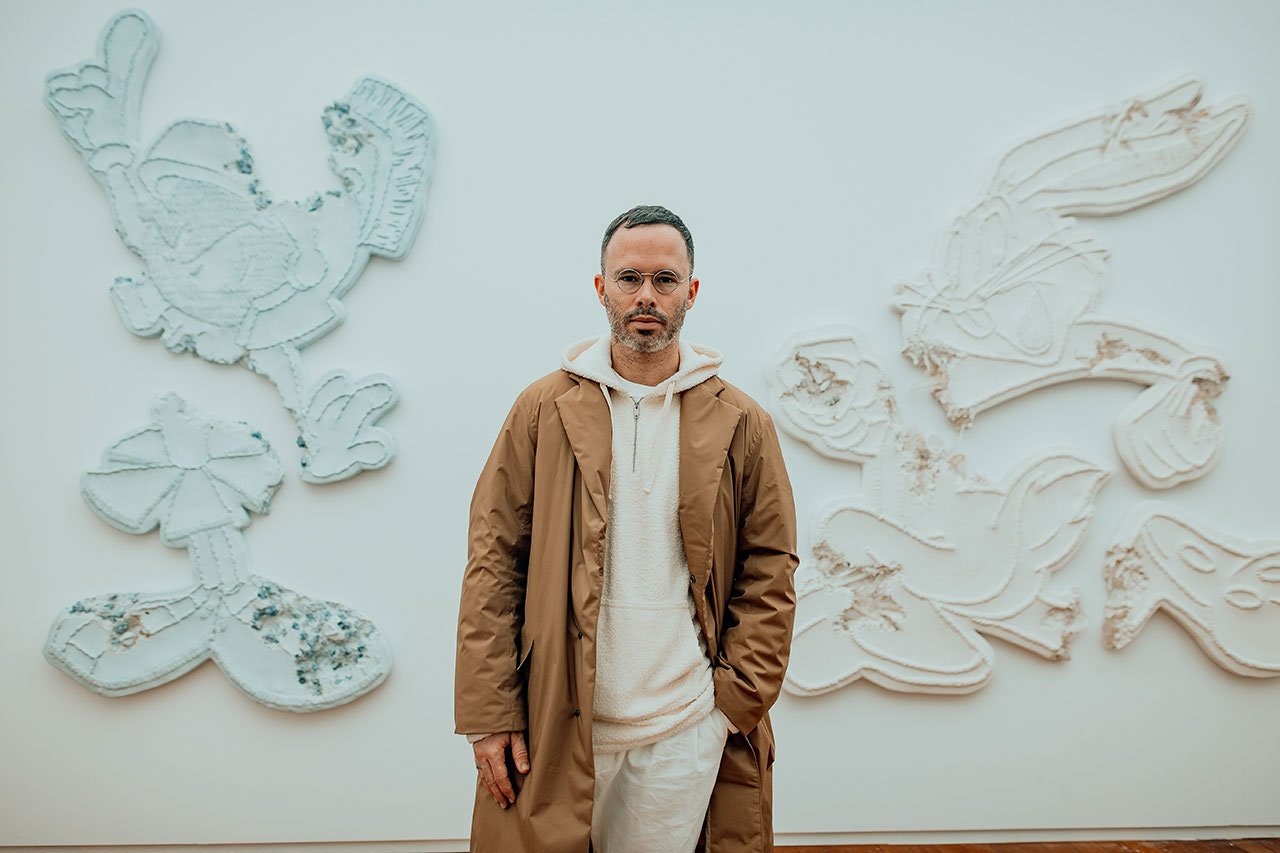Dino Rosin was an Italian artist renowned for his exquisite glass sculptures, particularly his mastery of the ancient Venetian glassblowing technique known as "calcedonia." Born on May 30, 1948, in Venice, Italy, Rosin's artistic journey was marked by his dedication to the craft of glassblowing and his ability to create ethereal and captivating glass artworks.
Rosin's signature style revolved around his expertise in working with calcedonia glass, a technique that involves layering different colors of molten glass to create intricate patterns and visual depth. His sculptures often featured abstract and figurative forms, with a focus on the human figure, animals, and nature.
One of Dino Rosin's notable contributions to the art world was his ability to elevate the traditional Venetian glassblowing technique to a contemporary art form. His glass sculptures, known for their smooth and translucent surfaces, captured a sense of grace and elegance. He often collaborated with his brother, Loredano Rosin, who was also a renowned glass artist.
Rosin's art has been exhibited in galleries and museums worldwide, earning acclaim for his ability to transform molten glass into delicate and evocative sculptures. His works conveyed a sense of fluidity and movement, inviting viewers to appreciate the ethereal qualities of glass as a medium.
Throughout his career, Dino Rosin's glass sculptures were collected by art enthusiasts and collectors around the world. His contribution to the art of glassblowing, particularly the calcedonia technique, continues to be celebrated, and his legacy lives on in the world of contemporary glass art.
Dino Rosin passed away on August 30, 2020, but his impact on the art world and his mastery of glassblowing techniques continue to influence and inspire artists working with glass today. His sculptures remain as a testament to the artistic possibilities of this ancient craft.
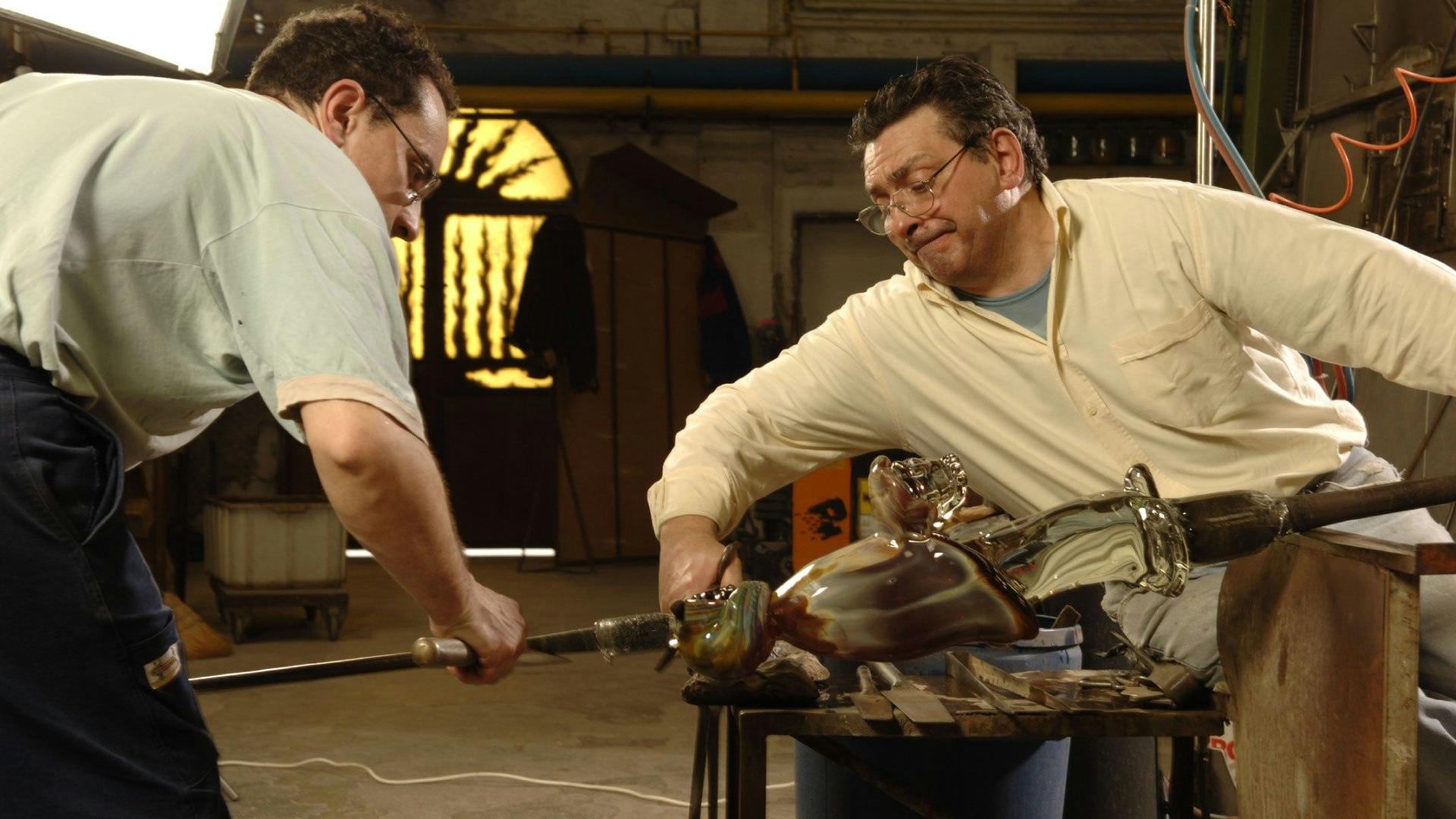
Dino Rosin's Artwork
View more artwork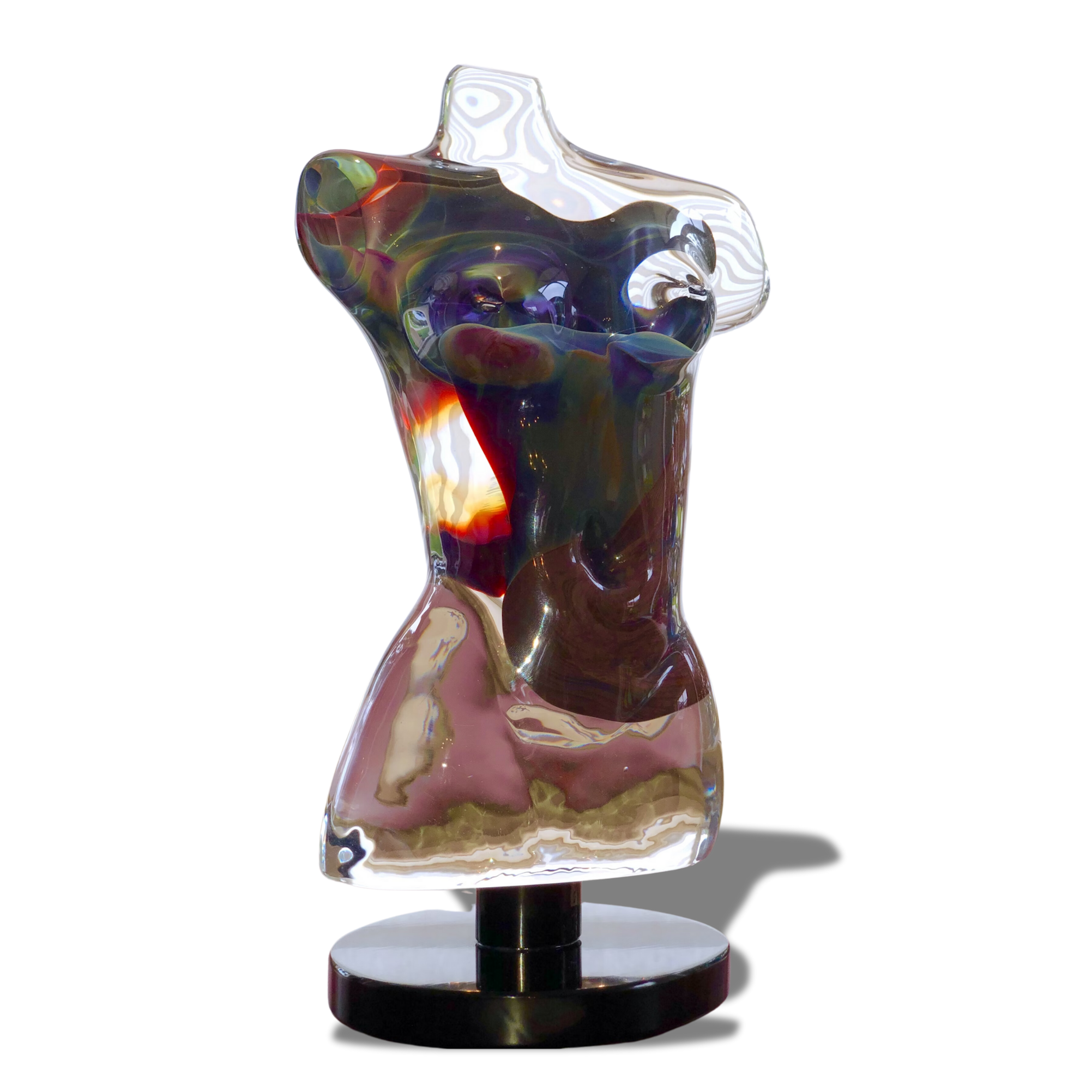
Related Artwork
View more artwork